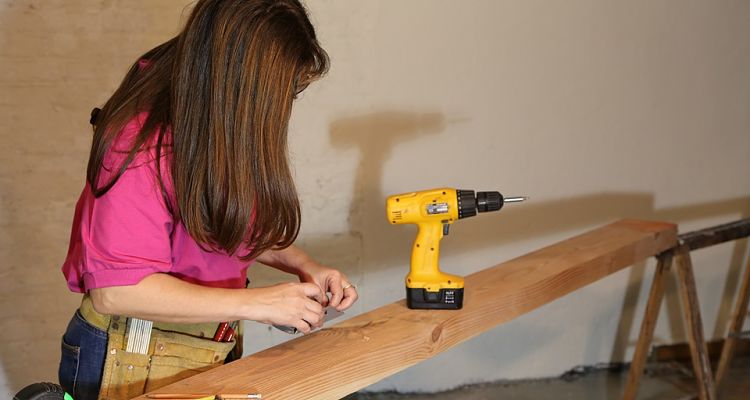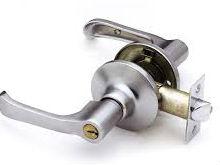
Moving day is fast approaching; do you need something a little extra to do? The following tips are not necessarily MUST-do items on the pre-moving day checklist, but it eases the transition into the new home for all parties involved. By prepping the new living space before moving day, it is just one less thing that you have to worry about doing when there truly will be too long of a to-do list post-moving day. Ultimately these tips may cost you a little bit of time and energy upfront, but the return in investment when you are settling in is invaluable.
 1. Clean House
1. Clean House
If you can, getting into a home before you actually officially move in is a good time to give the space a thorough cleaning. Once you move all the boxes, furniture and everything else in the house, it makes it substantially more difficult to clean around everything.
This will also help you make a claim before you’ve even moved a single box inside of it. If you can’t get into the house before moving in due to being too busy or too far away, consider hiring move in cleaners to do the job for you!
2. Paint and Replace Flooring
Moving around furniture and decorations to paint a room is one of the hardest parts of painting or re-doing the floor, so make your life infinitely easier by getting them out of the way before moving day. New floors and freshly painted walls make everything feel fresh and new when you move in, which can be especially nice if you are moving into an older home.
3. Decide Where you are Going to Put Boxes and Furniture
Before you unpack and organize everything, you’ll need a convenient place to put all of your boxes and furniture. Decide in each room which wall or area is best to place all of this stuff until you figure out exactly what to do with it.
4. Plan Out Each Room
Usually, people will lay claim to each room, but clarifying the purpose of each room with the rest of the family can avoid any potential territory dispute. Once you’ve decided which room is which, roughly sketch where all the furniture is going to go. This can especially come in handy if you are hiring movers who will place the furniture wherever you want them to.
5. Measure all of your Furniture
This step is extremely important if you are moving into a smaller space or apartment. Sometimes there is just not enough room to fit some pieces of furniture into a room. This could be due to restrictions on the actual size of the room, or that the doorway is just too narrow or short. You may have to consider placing the furniture somewhere else or donating it, putting it in storage or selling it until you can figure something else out.
 6. Switch the Locks, Mailing Address and Utilities
6. Switch the Locks, Mailing Address and Utilities
Taking care of logistics like these before you move in makes the transition from a new home safer and easier. It is a good idea to get all three of these done a couple of weeks before moving day. Plus, it feels good to scratch these off of the to-do list before moving day comes to wreak havoc on your life!
7. Find Out about Parking
If you are moving into a metropolitan area where parking can be an issue, this should be at the top of your list. Find out where moving vans and cars can park on a moving day. Also, this would be a good time to deal with getting any parking permits that you may need. Getting a parking ticket or even towed on a moving day would be the worst!
8. Get Window Treatments
Blinds, curtains, shutters, etc. give us privacy when we move into a new home. Often people forget that they’ll need new window coverings, so when they move in they are left with uncovered windows until they have time to go make the purchase of the window treatments. Go ahead and get this done beforehand, so you don’t have to spend the first night in your home wondering who is watching.
9. Check Air Filters
The age of the air filters is unknown. This is especially crucial if there is a member of your household who is allergic to dust or pet hair that might have been left behind. In order to remember when to replace the air filters in the future, replace them and mark the date on your calendar.
10. Check Smoke Detectors
Smoke detectors could be broken or use out-of-date batteries. Before installation, swap out all the batteries and give them a thorough test. Test any carbon monoxide detectors that arrived with your new home and look for a creation date. If it’s older than five years, think about replacing it.





These are some good suggestions, but I would strongly recommend anyone to check for bugs before moving in. We had a horrible experience when we bought our first home over 20 years ago and since then it’s on our to do list.